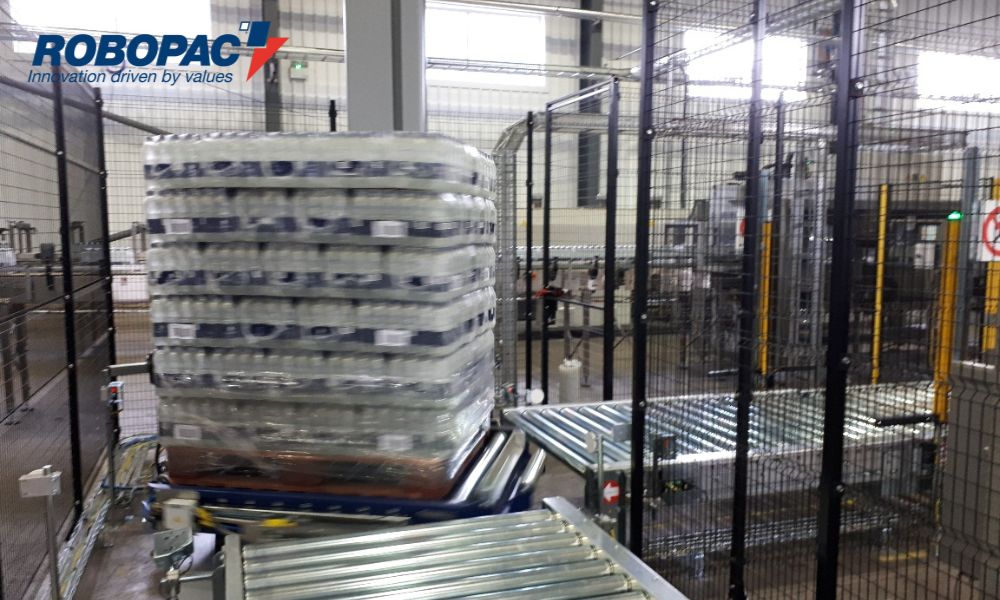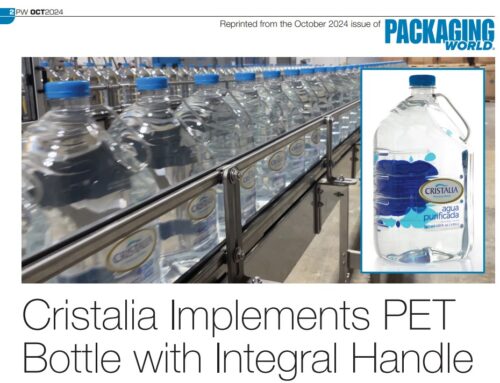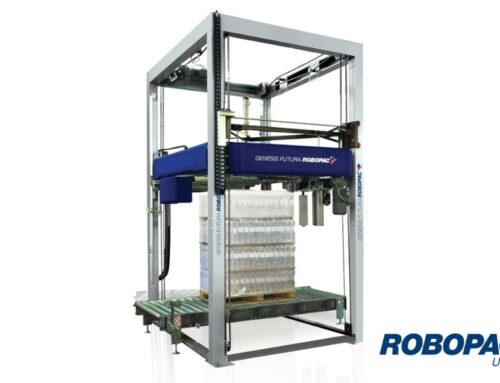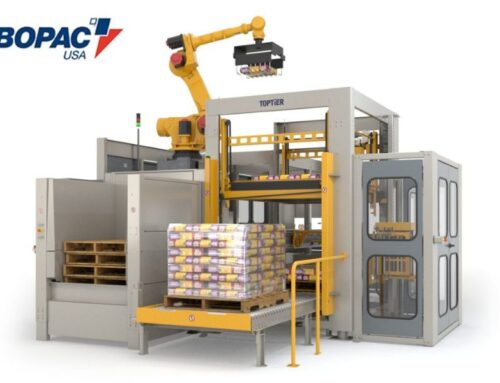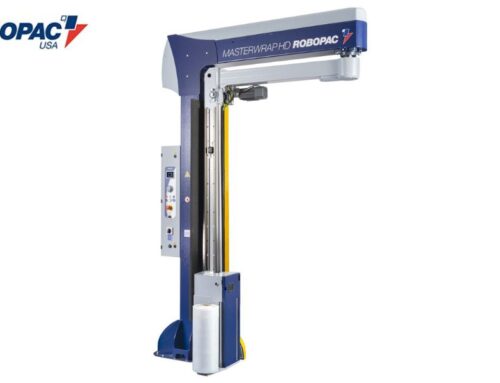The secondary packaging industry is constantly evolving in an effort to include innovative designs and cutting-edge technology. From interactive smart packaging to automation-driven processes, the top packaging trends we’ll see in 2025 are set to redefine the way packaging supports product functionality, reduces costs, and enhances retail aesthetics. If you’re part of the supply chain, retail, or logistics sectors, keeping up with these emerging trends is crucial to staying competitive.
Smart Packaging Technology
Packaging is no longer just about protecting the product—it’s becoming an integral part of the customer experience. Smart packaging integrates technologies like QR codes, NFC tags, and augmented reality to create a bridge between the physical and digital worlds. For example, a QR code on a box can lead customers to a detailed video about product usage or provide instructions for package recycling.
For brands, the benefits don’t stop at customer engagement. Smart packaging also offers operational advantages, such as real-time tracking of supply chains. Using embedded sensors, companies can monitor temperature, humidity, and other conditions during transit to ensure product quality.
More Automation in Packaging Processes
Robotics and Internet of Things (IoT) connectivity are transforming the way businesses handle packaging production and assembly. Automated systems can package, label, and palletize products much faster than manual methods, reducing production times and costs. AI systems monitor production lines in real time, identifying inconsistencies or defects before they leave the facility.
Robopac USA’s technologically advanced industrial wrapping machines secure products with protective materials, such as stretch film, ensuring they stay safe during transportation and storage. They integrate smart technology, such as advanced sensors and monitoring, to enhance speed and minimize material waste.
Retail-Display-Ready Packaging
Retail-display-ready packaging is set to become a top packaging trend in 2025 as brands compete on crowded store shelves. This approach integrates secondary packaging with retail functionality, creating designs that are ready to transition from shipping directly to the sales floor. This eliminates the need for lengthy unpacking and assembly, reducing time and effort for retailers.
Display-ready packaging is also a powerful marketing tool. It allows products to stand out by showcasing bold designs, logos, and messaging directly on the packaging instead of relying solely on shelf arrangement. For manufacturers, investing in this trend means offering retailers added convenience and creating an immediate visual impact for customers.
The secondary packaging industry is undergoing a remarkable transformation, prioritizing both functionality and customer engagement. Technologies like smart packaging bring products closer to consumers by merging physical and digital experiences. Advanced features in packaging machinery streamline processes and ensure superior quality. And with retail-display-ready designs gaining momentum, businesses can now provide convenience for retailers as well as striking visuals for shoppers.

